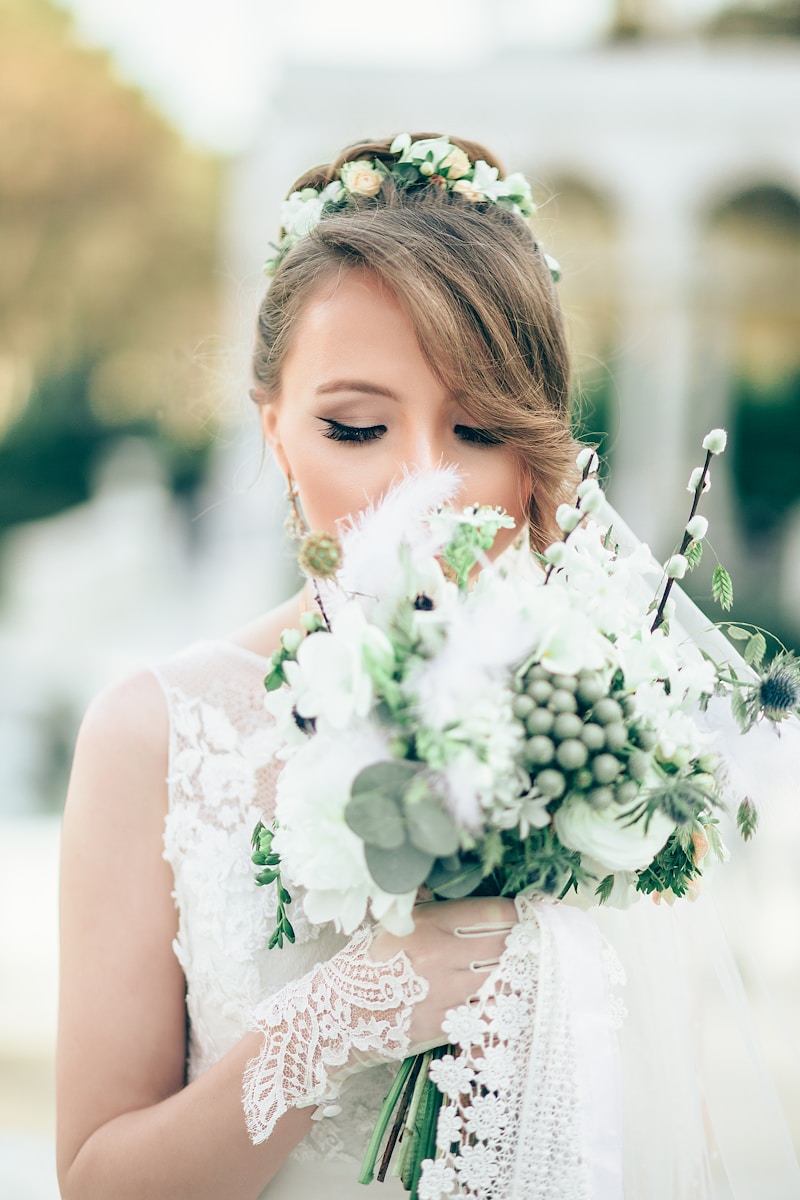Weddings as a Canvas for Cultural Expression: Celebrating Traditions through Nuptial Ceremonies
Weddings are more than just a celebration of love; they serve as a vibrant canvas for cultural expression. Each wedding is unique, reflecting the traditions, beliefs, and values of the couple and their families. From the attire to the ceremonies, every detail plays a crucial role in showcasing cultural heritage. In this article, we will explore how weddings act as a medium for cultural storytelling, highlighting different cultural practices around the world and offering insights into making weddings more meaningful by incorporating cultural elements.
Understanding the Significance of Cultural Expression in Weddings
Cultural expression in weddings encompasses a myriad of facets—rituals, symbols, music, and attire. These elements are deeply rooted in historical practices and social customs. As couples choose to weave their heritages into their wedding celebrations, they honor their ancestry while creating lasting memories. Every culture has its unique rituals, and this diversity is what makes weddings a beautiful tapestry of human experience.
The Role of Rituals in Wedding Ceremonies
Rituals form the backbone of wedding ceremonies, varying vastly across different cultures. For instance, in Indian weddings, the Saat Phere or seven circumambulations around a sacred fire is essential symbolic of the couple's commitment to one another. In contrast, Western weddings often include the exchange of vows and rings, symbolizing fidelity and unity. Such rituals provide a sense of continuity and connect couples to their cultural roots.
| Cultural Rituals in Weddings | Meaning |
| Saat Phere (India) | Commitment and spiritual union |
| Cake Cutting (Western) | Celebration of future prosperity |
| Tea Ceremony (China) | Showing respect to parents |
| Celtic Handfasting (Ireland) | Binding the couple's hands as a symbol of unity |
Types of Attire That Showcase Cultural Identity
Attire is another powerful medium for cultural expression in weddings. It reflects not just style but also deep-seated traditions. For instance, brides in Korean weddings often wear a Hanbok, a colorful and elegant traditional dress. In contrast, many brides in Western cultures opt for white gowns, a representation of purity. Understanding the stories behind these garments adds layers of meaning to wedding attire.
How Music and Dance Convey Cultural Heritage
Music and dance are integral to wedding celebrations across cultures. They energize the atmosphere and bring people together. In a traditional Jewish wedding, the Hora dance invites guests to lift the couple on chairs, symbolizing their joy. African weddings are often vibrant with dances that tell stories of the couple's ancestry. Incorporating traditional songs or dances into weddings allows for a showcase of cultural identity while creating unforgettable moments.

Incorporating Cultural Elements into Your Wedding
For couples looking to incorporate cultural elements into their weddings, here are a few meaningful suggestions:
- Personalize the Ceremony: Speak to elders in the family for their input on cultural traditions that could be included in the ceremony.
- Fusion of Cultures: If the couple comes from different backgrounds, consider blending various cultural elements to create a unique experience.
- Culinary Choices: Food is a significant cultural expression. Include traditional dishes from both families to create a flavorful fusion that celebrates heritage.
- Decor That Tells a Story: Use decorations that reflect important cultural symbols, colors, or themes that resonate with both families.
Related Questions to Explore
While contemplating how to express cultural identity through weddings, many people often have similar inquiries. Here are some questions that emerge frequently:
- What are some unique cultural wedding traditions around the world?
- How can I create a multicultural wedding?
- What role does religion play in wedding ceremonies across different cultures?
- Are there specific symbols that are universally recognized in weddings globally?
Conclusion: Making Your Wedding a Memorable Cultural Expression
Weddings are undoubtedly a canvas for cultural expression that beautifully narrate the couple’s story while celebrating their heritage. By thoughtfully incorporating cultural elements, couples can create a wedding that is not only memorable but also rich in meaning. Remember that every tradition has a story, and by embracing these elements, you honor not just your identity but also the diverse tapestry of human culture. Whether you choose to include age-old rituals, traditional attire, or music that speaks to your heritage, your wedding day can be a profound celebration of love and cultural expression.
Advice: Always respect and honor the traditions you choose to incorporate into your wedding, ensuring they resonate with both sides of the family. It's essential to have open conversations with family members when selecting which traditions to include, as this fosters a more inclusive and meaningful celebration.